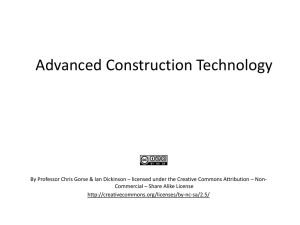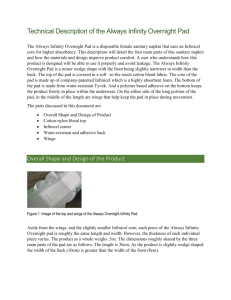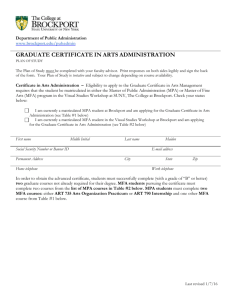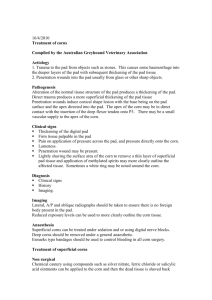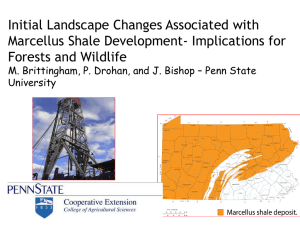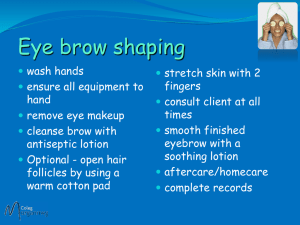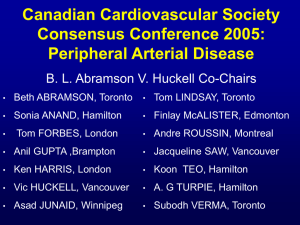Pad Foundations
advertisement
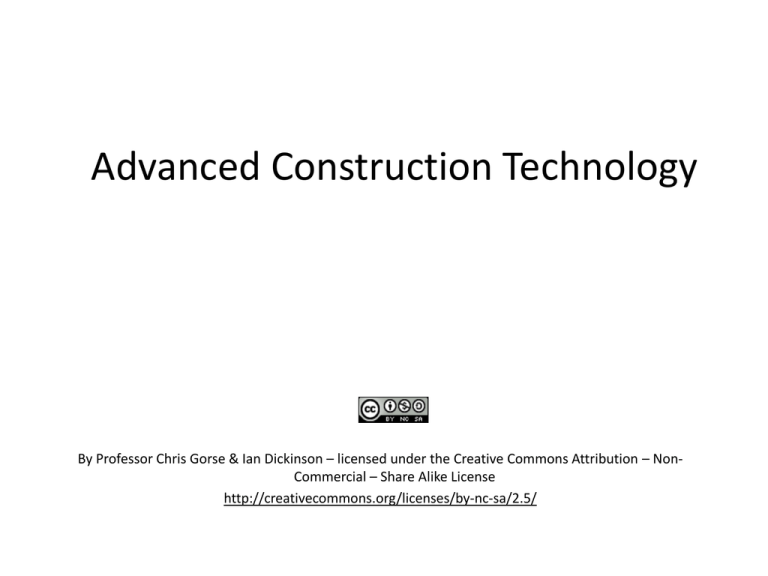
Advanced Construction Technology By Professor Chris Gorse & Ian Dickinson – licensed under the Creative Commons Attribution – NonCommercial – Share Alike License http://creativecommons.org/licenses/by-nc-sa/2.5/ Pad Foundations Chris Gorse and Ian Dickinson These slides should be read in conjunction with Emmitt, S. and Gorse, C. (2010) Barry’s Advanced Construction of Buildings. Oxford, Blackwell Publishing Pad foundations Pads Ground beams Pad foundations. More commonly used under point loads such as columns, but can be used under ground beams to transfer continuous loads. The width and depth of each pad foundation will depend on the soil conditions and building loads. Pad foundation Loads transferred through column to base-plate then to concrete pad foundation Pad foundations are often rectangular or square and are placed to receive point loads at a central position Base plate Pad foundation Excavation for pad foundation Bolt boxes for steel columns ready to be positioned in the concrete Excavation of pad foundation Pad foundations neatly excavated Pad foundations – ground beams Point loads from columns transferred to pad foundation Any continuous loads applied through walls are transferred along reinforced concrete beams to the pad foundation Ground beam Pad foundation Stable load bearing strata Pad foundation and ring beam excavation. String lines mark out the centre lines for the holding down bolts. The holding down bolt box will be positioned when the concrete is poured. Pad foundation and ground beam excavation. Ready to receive steel reinforcement cages and concrete Pad foundation, with holding-down bolts for column. Reinforcement starter bars are evident, these will be used to tie the ground beam into the foundation. Reinforced pad foundation Point loads from columns transferred to pad foundation Load from column distributed across the full area of the foundation Reinforcement runs in both directions Reinforced Pad foundation Exploded view showing reinforcement Distributing the load Large point load The reinforcement in the pad foundation adds tensile strength allowing the loads to be distributed over a larger area. As the load is distributed over a larger area the load per unit area is reduced Mass fill pad foundation Point loads from columns transferred to pad foundation By excavating deeper into the ground and filling with concrete the loads of the building can be transferred to lower strata. Where the surface soil and strata is week it may be possible to excavate deeper to good load-bearing strata. Pad foundation and column base (prior to filling with grout) Base of column fastened to the pad foundation by holding down bolts. Wedges hold the column in position until the bolts and column base is grouted. Expanding grout will be poured under and around the base plate filling all the voids and making sure the column and pad foundation make proper contact with each other. Steel wedge holds the steel column in the correct position Sand position around the column ready to receive expanding grout. The group secures the base plate in its final position. Discussion • Identify and discuss the situations where pad foundations are most likely to be used. • What is the most common type of structure that would be founded on a pad foundation.
